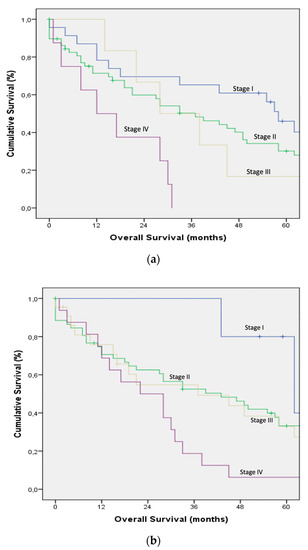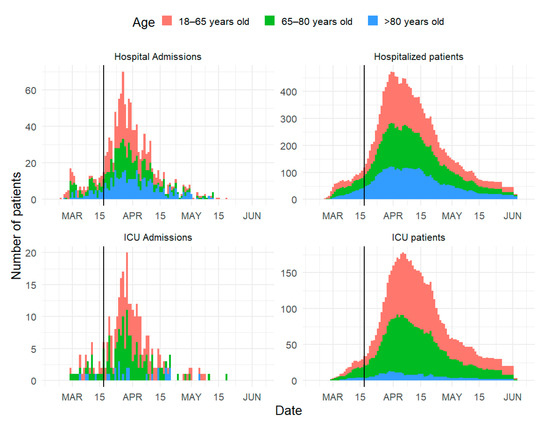J. Clin. Med. 2020, 9(10), 3157; https://doi.org/10.3390/jcm9103157 - 29 Sep 2020
Cited by 20 | Viewed by 4852
Abstract
Malignant peripheral nerve sheath tumor (MPNST) is a rare type of soft tissue sarcomas. The localized disease is usually treated with surgery along with perioperative chemo- or radiotherapy. However, up to 70% of patients can develop distant metastases. The study aimed to evaluate
[...] Read more.
Malignant peripheral nerve sheath tumor (MPNST) is a rare type of soft tissue sarcomas. The localized disease is usually treated with surgery along with perioperative chemo- or radiotherapy. However, up to 70% of patients can develop distant metastases. The study aimed to evaluate the modes and outcomes of systemic treatment of patients with diagnosed MPNST treated in a reference center. In total, 115 patients (56 female and 59 male) diagnosed with MPNST and treated due to unresectable or metastatic disease during 2000–2019 were included in the retrospective analysis. Schemes of systemic therapy and the outcomes—progression-free survival (PFS) and overall survival (OS)—were evaluated. The median PFS in the first line was 3.9 months (95% CI 2.5–5.4). Doxorubicin-based regimens were the most commonly used in the first line (50.4% of patients). There were no significant differences in PFS between chemotherapy regimens most commonly used in the first line (p = 0.111). The median OS was 15.0 months (95% CI 11.0–19.0) and the one-year OS rate was 63%. MPNST are resistant to the majority of systemic therapies, resulting in poor survival in advanced settings. Chemotherapy with doxorubicin and ifosfamide is associated with the best response and longest PFS. Future studies and the development of novel treatment options are necessary for the improvement of treatment outcomes.
Full article
(This article belongs to the Special Issue Bone and Soft Tissue Sarcomas: A “Big” Family of “Rare” Tumors. A Multidisciplinary Targeted Approach and Emerging Topics)
►
Show Figures













